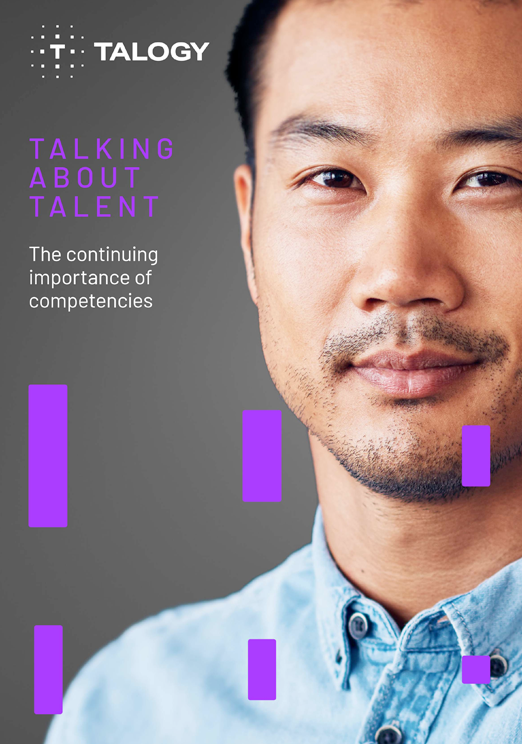The ancient Greeks didn’t contribute much to the world of art, aside from developing and defining the major forms, techniques, perspectives, and philosophies we still use today. From the High Classic though the Hellenistic periods, they set the benchmark by which western art has been measured since. In other words, minor stuff.
If you happen to find yourself in New York City between now and July 17, you’ll have an opportunity to check out some of those influential Greek sculptures, vessels, and other works at the Metropolitan Museum of Art, which is presenting a once-in-a-lifetime exhibit called Pergamon and the Hellenistic Kingdoms of the Ancient World. This particular grouping of objects is drawn from museum collections around the world, so it’s the first and likely the only time they will be viewable together.
For those of us who work in the field of psychometrics and personality assessments, we have to face facts: We are serious slackers compared to the artists of the ancient world. We’re only entering our High Classic era now, 2500 years after they hit their stride.
It’s doubtful future vacationers and business travelers will be lining up to look at Caliper’s Competency Reports and Team Roles Overviews hung on museum walls (though, to be fair, the charts and graphs in those reports are kinda pretty). What we mean by “High Classic era” is that the research into human personality—and the technology to analyze it—has developed to such a degree that major breakthroughs are occurring in talent management. With platforms like Caliper Analytics™ available to clients, data and technology have united just as ancient Greek artists once married form and function.
For thousands of years before the classic age of Greek art, the human figure was represented as a rigid and lifeless form, with arms and legs stiff and head and body ever pointed in the same direction. Greek sculptors blew that up, giving their figures a naturalistic stance as well as something to do besides stand there and smile awkwardly.
New personality instruments in the psychometrics field are doing something similar today. Instead of looking at individual traits in a vacuum, we can now look at scientifically validated behavioral competencies in the context of specific jobs. Even better, with People Analytics and other tools, we can evaluate your current employees, new hires, and candidates relative to your unique workspace.
Talent management may not be as soul-stirring as a timeless work of art, but it is a critical piece of your business strategy. And just as we are fortunate to live in a time when we can visit museums and experience great art from throughout history, we are also lucky to be conducting business in an age of breakthrough talent-management tools that help us hire and develop top employees, teams, and future leaders.

